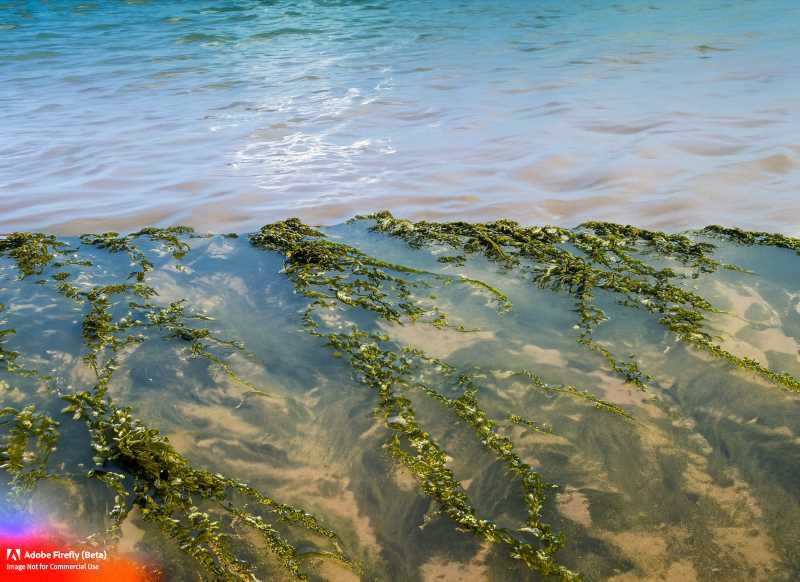Fishermen Battle Sargassum on South Padre Island, Texas
Dive into the intriguing situations of the sargassum invasion at South Padre Island, Texas! Discover how this tickling seaweed acts as a beach builder and fertilizer, benefiting the ecosystem. Uncover the benefits of sargassum in this informative article.

South Padre Island, a popular beach destination, is currently grappling with an invasion of epic proportions—sargassum. This massive mass of seaweed, stretching an astonishing 5,000 miles across the Atlantic, has made its way to the island's pristine shores.
While the sight and feel of sargassum might be strange and discomforting for beachgoers, experts assure us that this natural phenomenon brings some unexpected benefits to the ecosystem. Join us as we explore the sargassum problem and its peculiar role as a beach builder, fertilizing agent, and even a menace for unlucky fishermen.




